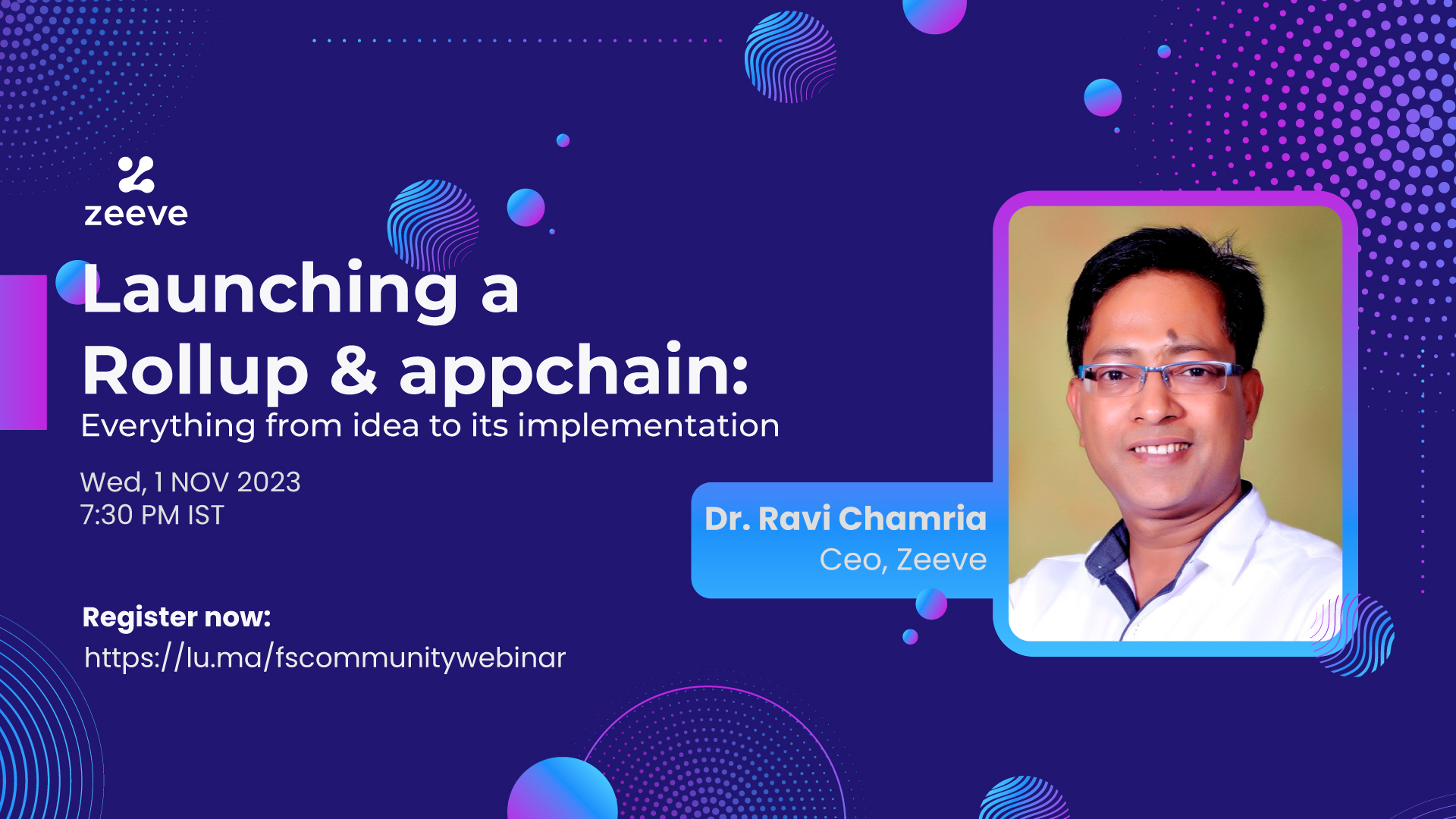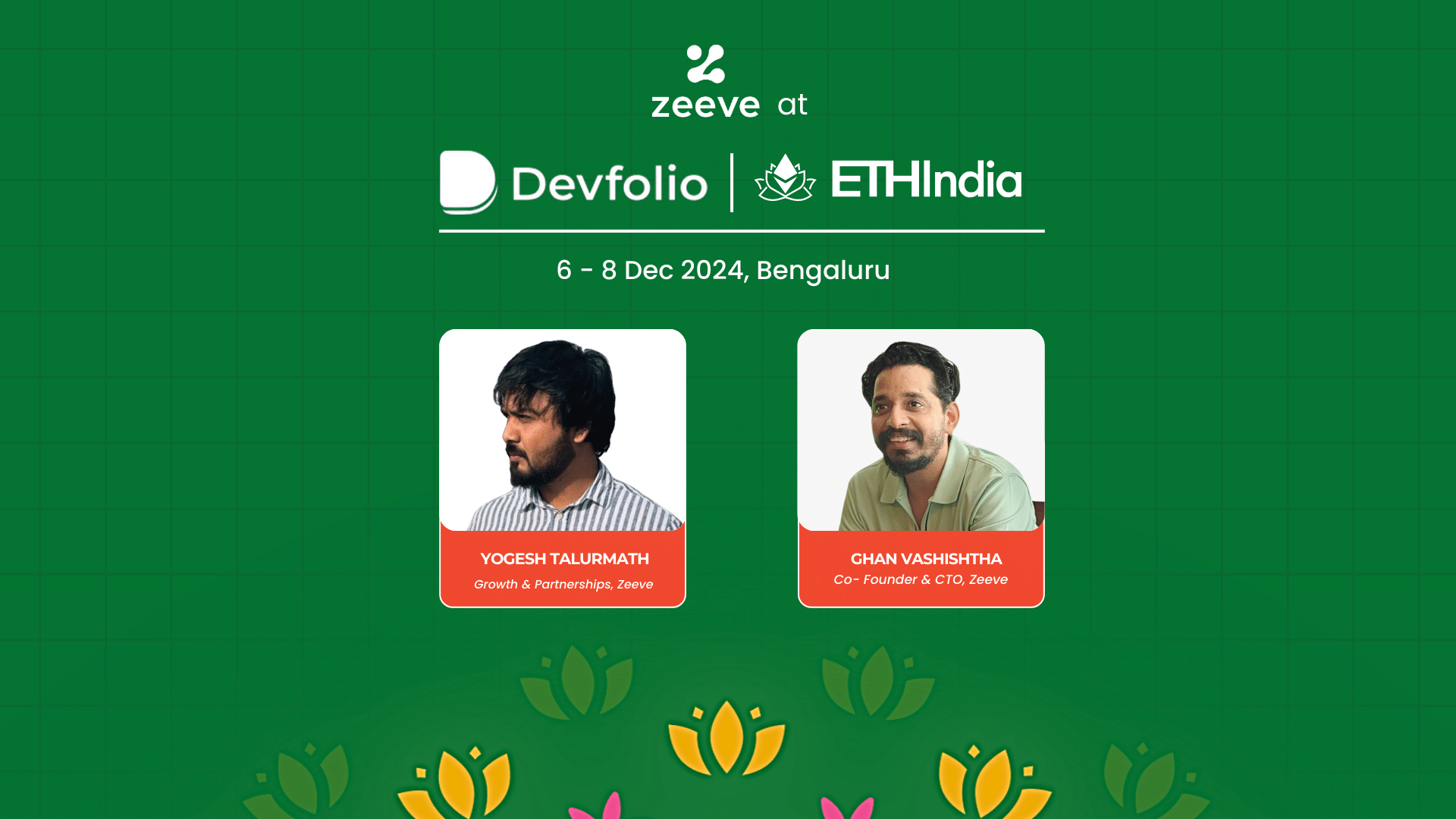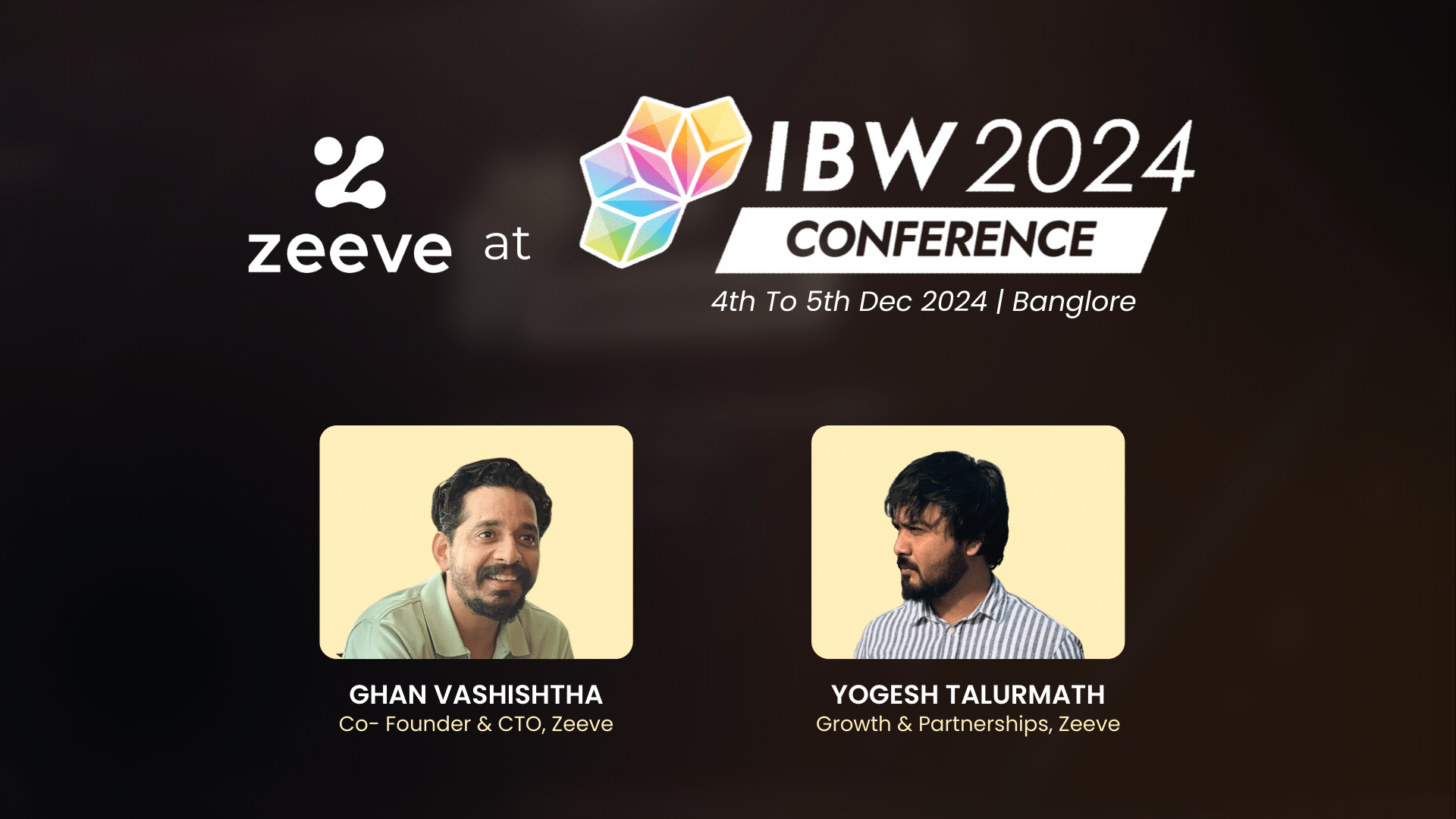Zeeve organized a webinar titled: “Launching a Rollup & Appchain: Everything from Idea to its Implementation.”
Dr. Ravi Chamria, CEO and co-founder of Zeeve, starts the webinar by briefly introducing the topic by explaining the concept behind application-specific blockchains and how they are needed to overcome the limitations of monolithic layer one blockchains, such as headers and scalability.
Dr. Ravi discusses the limitations of scalability when trying to balance security and decentralization. He also explains the concept of application-specific blockchains, which offer scalability, predictability, customization, and security benefits compared to the main blockchain.
He also puts forward the challenges of launching a layer one blockchain, specifically securing it with sufficient validators and bringing a large community to support it. He also notes that the focus of most blockchain startups is on growth rather than the underlying infrastructure.
Moreover, he emphasizes the importance of understanding the different approaches to creating an application-specific blockchain and choosing the best one for a particular use case.
Dr. Ravi discusses the concept of custom blockchain and its impact on improving real-world asset tokenization. He also mentions examples of cosmos-based chains, such as dYdX and osmosis, used for decentralized exchanges and cross-chain liquidity.
He also explains the concept of subnets and supernets in the context of blockchain. A subnet is a separate set of nodes that operates as part of the main chain.
Further, Dr. Ravi explains the concept of rollups, a technology that can increase the scalability of the Ethereum blockchain. Rollups allow transactions to be processed off-chain and then combined into a single transaction that is submitted to the main chain.
He goes deep into the concepts and features of Optimistic Rollups (OR), a second-layer solution on the Ethereum blockchain. OR enables faster confirmation time and higher throughput by functioning on the L2 chain, which has instant confirmation, is not limited by latency on the main chain, and is compatible with existing smart contracts and tools.
Dr. Ravi discusses the use of the optimistic rollup stack (OOP stack) to launch optimistic rollups and zero-knowledge (ZK) rollups. The OOP stack, open-sourced by Ethereum, is used by various businesses and startups to launch rollups.
He explains how the Ethereum ecosystem is moving towards maturity, and the Ethereum compatibility for decentralized applications (dApps) and smart contracts is now very extensive.
Dr. Ravi also describes the different components of a rollup, including the sequencer node and the Prov node, and how the zero-knowledge proofs are verified on the smart contract on layer one.
Dr. Ravi then discusses the compatibility of various smart contract standards and rollup and appchain technologies with existing ecosystems like Ethereum, Avalanche subnets, Polygon supernets, rollups, ZK rollups, Optimistic rollups, Fcark substrate, Cosmos, and Substrate.
Dr. Ravi concludes the webinar by highlighting the need for scalability solutions to address challenges and enhance decentralized applications, the importance of collaboration, engagement of communities, and commitment to continuous improvement, and the role of technology progress in navigating the intricacies of scaling solutions.
Lastly, expressing his gratitude to the audience, he encourages viewers to connect with Zeeve on various social media platforms to learn more about their services.
Check out our previous videos on the Zeeve interface, deployments, podcasts, presentations, explanations, and more.
To build on Zeeve – https://app.zeeve.io/
Follow Zeeve on Twitter – https://twitter.com/0xZeeve
Follow Zeeve on LinkedIn – https://www.linkedin.com/company/0xzeeve
Follow Zeeve on Medium – https://medium.com/zeeve






